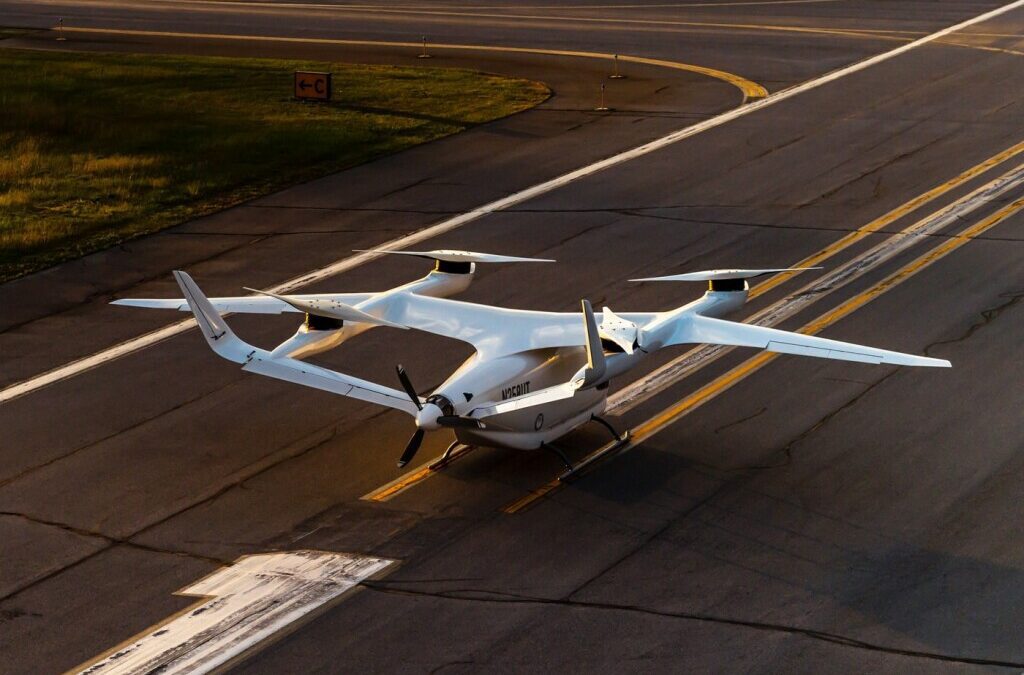“…For a few months we have been addressing the issue of unmanned aviation in all its forms, from unmanned aerial vehicles (UAV) to air taxis, or urban air mobility (UAM), also known as advanced air mobility (AAM), both for cargo and passengers.
In the past two articles, we have addressed the technical aspects of this new non-traditional aviation, making emphasis on the power source. Most companies developing vertical takeoff and landing (VTOL) vehicles these days are selecting the electric route (eVTOL), which has been limiting for a number of reasons. But some other startups are addressing these limitations by beginning their journey with hybrid models in which a small internal combustion, or jet engine, powers a generator that in turns feed the electric motors. This approach, even though is not as innovative or revolutionary as purely electric, is more achievable in the short-term and can still eliminate almost 90% of greenhouse emissions, which in the context of today’s climate change debate is a great victory.
But how about the business model? Are these companies creating a sustainable revenue stream in an environment where most variables such as certification, detect and avoid (DAA), and unmanned traffic management (UTM) are still unresolved? And how do we explain the hundreds of millions of dollars poured into the industry by investors?
To find out more about the motivation of these investors, we reached out to Daniel Shaposnikov, partner at Phystech Ventures, a venture capital company focused on finding the most promising Deep tech companies to invest in, including unmanned aviation technology startups.
“We are a group of investors but also engineers and scientists dedicated to the future of non-traditional aviation,” Daniel said. “We started by analyzing the UAM market very closely and preparing a report with our findings. This report is our guide when looking for companies in which to invest.”
According to Phystech’s report there are four key takeaways:
- During 2020 and 2021 over $5B were invested in UAM for both passengers and cargo. $4.6B of that amount were raised by just six companies in the USA and the EU.
- There are 129 companies developing UAMs for cargo and passengers and only 13 of these are selling an actual product. Out of these 13, ten are working exclusively on cargo drones and three are developing cargo and passengers’ aircraft.
- Current battery technology does not offer enough power density to sustain long flight time and range. Of all the identified VTOL projects, only 35% offer a hybrid model, using internal combustion engines (ICE) and only three companies use a purely electric power source.
- Zero-emissions technology meets practicality in 13% of designs that use hydrogen fuel cells as the power source.
